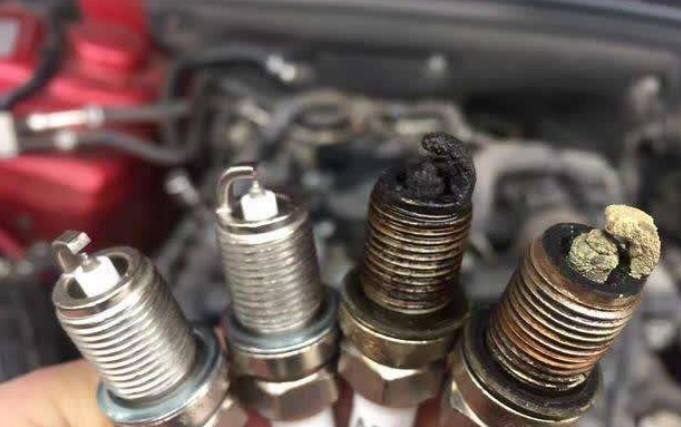What you know how to adjust and replace spark plugs?
Spark plugs are inside every gasoline car engine, but most vehicle owners know little about these small but vital engine parts. Knowing more about their operation, maintenance and replacement is one key to making sure your engine runs well. Below is more information about spark plugs, how you can check them for proper adjustment and functioning, and how to know when it is time to replace them.
The Purpose of Spark Plugs
The basic operation of an internal combustion engine, which describes your car's gasoline motor, is not particularly complex. The motor first mixes gasoline and air in small quantities and then ignites the mixture inside a cylinder with an electrical spark.
As the hot gases from the explosion expand, they push a piston, which in turn is linked to a shaft that transfers power to the transmission and ultimately the wheels. This process occurs thousands of times per minute, but for it all to work, the source of the sparks, the spark plugs, must fire consistently.
The Anatomy of a Spark Plug
Spark plugs are constructed of an insulating material and a metallic conductor. At the top end of the plug, the tips connect to the spark-plug wires and send an electrical current down the interior of the plug to the electrodes. There are two electrodes separated by a small gap; as the current approaches the end of one electrode, it effectively "jumps" across the gap to the opposite electrode and creates a visible spark.
The Spark-Plug Gap
One of the key factors that makes a spark plug work well, or not, is the size of the gap between the electrodes. If the gap is too small, the spark will likely be too weak and cause the engine to run poorly or with poor efficiency. However, if the spark plug gap is too large, the spark is unlikely to consistently "jump" across the long distance between electrodes, thus leading to a rough-running engine or one that doesn't run at all.
Fortunately, spark-plug gaps can be easily adjusted by mechanics, including many amateur do-ityourselfers. A spark-plug gap gauge both measures and adjusts the gap and is inexpensive and simple to use.
There are different types of gap gauges, but they all basically function the same way; simply locate the recommended gap for the spark plugs in your vehicle and then insert the gauge edge into the gap and measure the distance between the electrodes.
Should the gap be too narrow, the mechanic will gently pry the gap apart with the gauge. On the other hand, should the gap be too wide, it can be narrowed by the mechanic's squeezing the electrodes closer together with a tool or pushing the bottom electrode down onto a tabletop.

Replacement of a Spark Plug
Spark plugs undergo a remarkable amount of stress because they experience electrical currents of tens of thousands of volts, hundreds of degrees of heat, and constant vibration. Eventually, all spark plugs will wear out and need to be replaced. Knowing when a spark plug needs replacing is sometimes a matter of knowing the lifespan in terms of miles, but the presence of certain engine symptoms can provide clues. Here are some things that can help you know when it's time to install new spark plugs:
- Difficulty starting the engine, especially during a cold start
- Poor running or idling at any point
- Lack of acceleration when pedal is pushed
- High fuel consumption unexplained by other factors
We will do a good job in every content,do our best to solve the problem for each customer,Thank you for your reading.




Leave A Comment